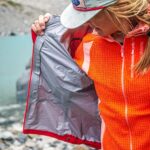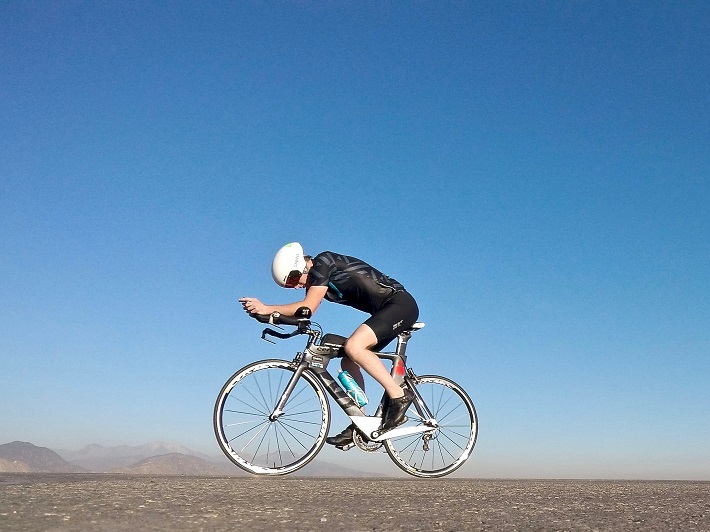
So, you’ve bought a bike and plan to cycle every day to work. You couldn’t have made a healthier and more eco-friendly choice. Oh, and not to mention, cost-efficient. But it’s been a long time since you’ve owned a bike and the question on your mind is “What bike accessories do I need?”After all, buying a new bike also means buying spare parts and accessories to help maintain it. But since there’s a variety of cycle accessories on the market, you may be confused about which ones you really need. Here’s a guide to help you.
Bike Pumps
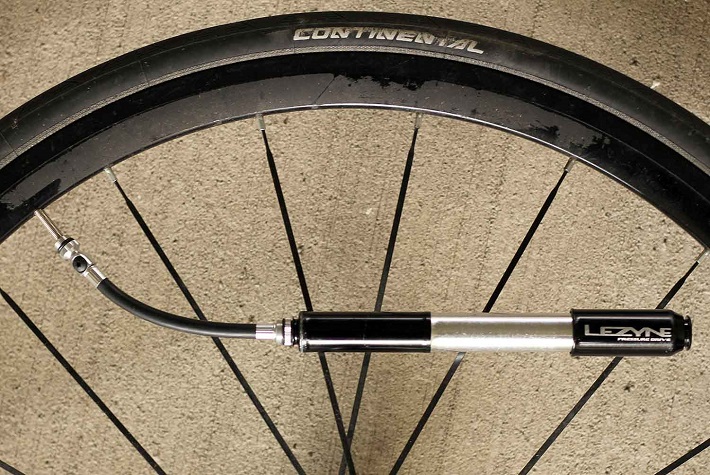
Bike tires gradually lose pressure, even if your bike is just sitting in the garage for most of the time. For that reason, it’s important to check your tires regularly and use a pump if they are deflated to achieve the recommended pressure. There are two types of pumps, floor pumps and portable pumps. Floor pumps are larger but easy to handle. They often come with pressure gauges which can measure the pressure in your tyres. This is recommended for pumping high-pressure tyres like those found on mountain bikes.
On the other hand, portable pumps are small hand-held bicycle tools which you can easily carry around with you. If you’re riding long distance, a portable pump can come in handy if you experience a flat tyre in the middle of nowhere. Many portable pumps are so small that you can easily fix them to the bike’s frame. You can find these types of pumps in any well-stocked store selling cycle accessories.
Bike Lights
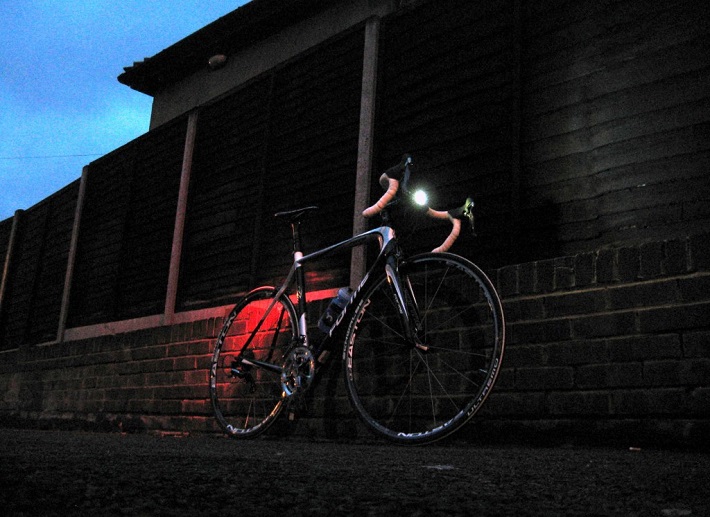
Bike lights are essential for your safety and fall into two categories: lights for being seen and lights for seeing. Lights for being seen have around 100 lumens. It’s a legal requirement that you have the right lights fitted on your bicycle if you plan to ride it in the dark. The front light needs to be white and the rear light needs to be red. Additionally, you may also fit more powerful lights onto your bike that range from 500 lumens to well above 1000 lumens. These types of lights enable you to see the road in unlit conditions such as trails and country lanes.
Allen Keys
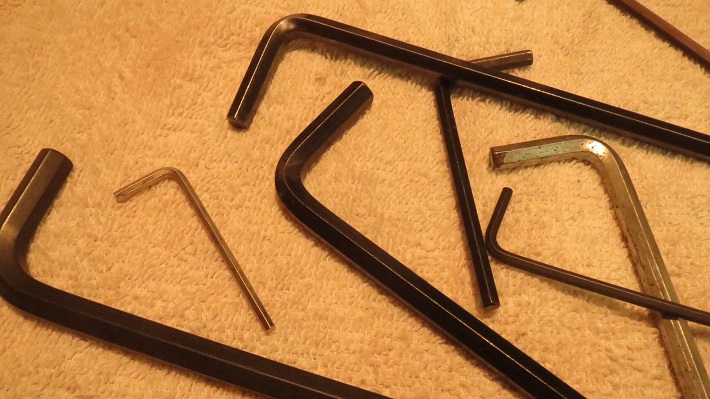
As bikes are covered with bolts you need to regularly tighten, an Allen key is one of the most useful tools for cycling. Most bolts on the bike take either a 4mm, 5mm, or 6mm allen key, so make sure to pick keys suitable for those sizes. For greater versatility, consider a three-way allen key that consists of three of the most common sizes into one tool. A t-handle key with a ball end on the long side will be also helpful for accessing awkward bolts.
Chain Lube
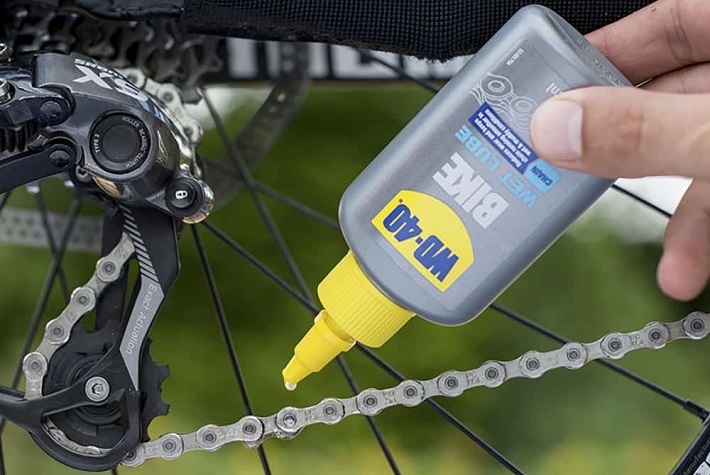
A chain needs to be lubed every few rides in order to operate smoothly and last longer. When the chain is dry, there’s metal on metal friction which can cause the chain to wear much faster. Lubrication prevents the rollers from rubbing together. It also adds a layer of protection from outside conditions, thus preventing corrosion. Regular chain maintenance can extend its lifespan up to 4 times longer and save you money. In addition, a lubed chain allows for better shifting which improves your performance.
Chain Checker
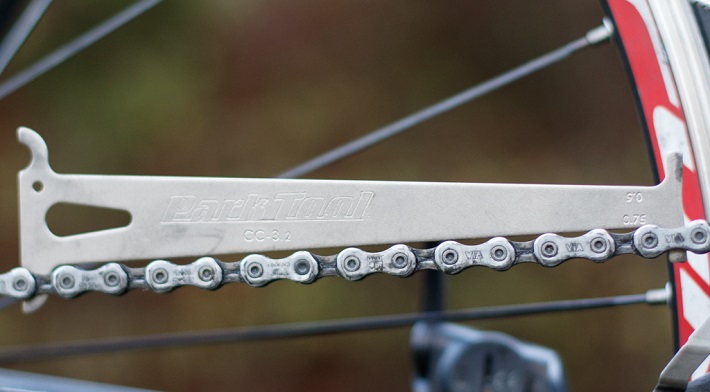
However, there will come a time when the chain needs replacing. Replacing the chain on time is essential if you want to stay safe riding your bike. Since chains have become increasingly expensive, it’s important to properly judge whether your chain needs replacing. A quality chain checker can help you gauge the wear and stretch of your chain by measuring the changes in its length. Ideally, the chain shouldn’t be more than 0.75% worn off.
A Bike Lock
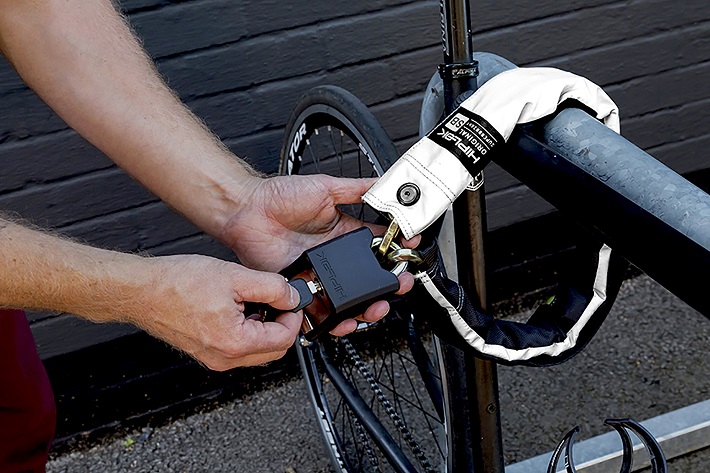
Bike theft is very common in Australia. No one wants to be the victim, but it does happen. So, in order to protect your bike, it’s essential to get yourself a good bike lock. Most bike locks are inexpensive, costing from $10 – $30, and are often a long-term investment. Although a lock doesn’t 100% guarantee your bike won’t get stolen, it makes it a lot more difficult for the thief and increases the chances that you or someone else catches them in the act.
A Car Rack
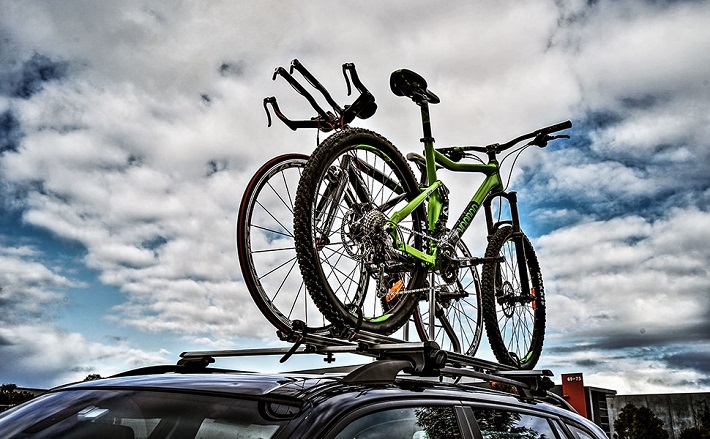
If you want to transport your bike in the car, consider the best way of doing so. Jamming it on the back seat or into the trunk can damage it as well as your car. With that being said, it’s better to invest in a quality bike rack for your car. Roof racks are the most popular because they are versatile and can allow you to transport a variety of other things besides a bike, like for instance surfboards, snowboards and cargo boxes. But they require to lift gear overhead which can be troublesome for some. On the other hand, trunk racks can be fastened on the back of trunks with the help of straps and hooks. They are lightweight and easy to use. However, they limit access to the trunk.



